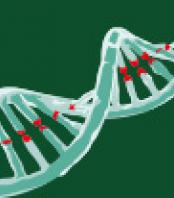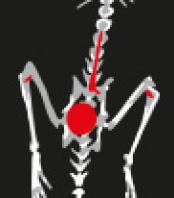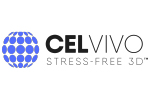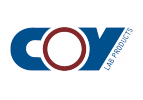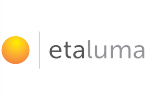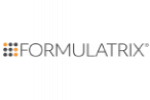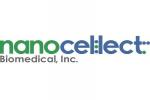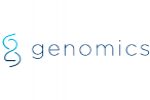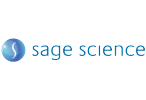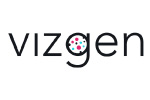The characterization of the tumor microenvironment includes mechanotransduction, hypoxia, acidosis, and tissue remodeling. These factors can influence the gene and protein expression of variouse cell types that make up the tumor as well as influence the selection of cells that can thrive in a given microenvironment; however, typical cancer cell culture rarely uses hypoxia and pressure onr utilizes substrates similar to the native extracellular matrix. Cancer cell lines and PBMCs differentially express immunotherapeutic targets, at low oxygen and high pressure culturing conditions, resulting in reduced expression of key drug targets.
Analysis of mRNA-seq data revealed alterations in gene expression profiles of immunotherapeutic and drug-target pathways involving CTLA-4 and AR signaling. In contrast, it was obsorved increased CD47 and CD44 expression at low oxzgen and high presure culturing conditions in cancer cell lines and immune cells. Therefore these results support the presence of physiologically-relevant drug targets in tumor cells characterized by low oxygen and high interstitial fluid preassure.












